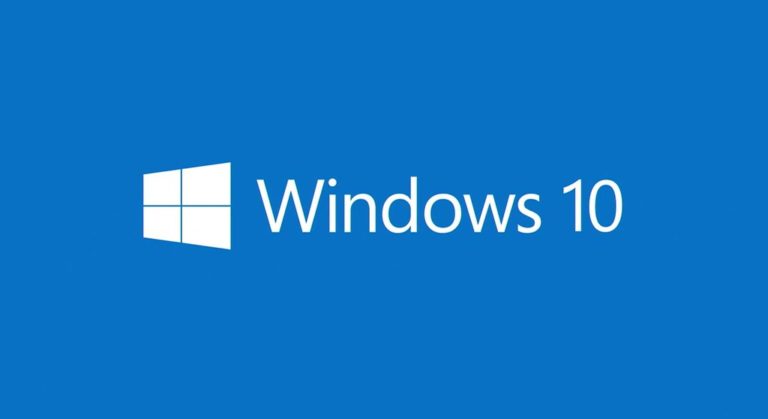As we approach the one-year countdown to the official End of Life (EOL) for Windows 10 on October 14, 2025, it’s time to start planning your next steps. Whether you’re a business or an individual, understanding the impact of this EOL is critical, especially if you’re considering upgrading to Windows 11. In this post, we’ll break down why not every Windows 10 device can make the leap and what you need to do to prepare.
What Happens When Windows 10 Reaches EOL?
Once Windows 10 reaches its End of Life, Microsoft will stop releasing security updates and patches for it. This means:
- No security updates: Your system will be more vulnerable to malware, viruses, and hacking attempts.
- No new features or improvements: While your computer will continue to work, it will no longer benefit from new innovations or software updates.
- Potential compliance risks: For businesses, continuing to use Windows 10 could mean running afoul of regulatory compliance requirements, putting sensitive data at risk.
Windows 11 Hardware Requirements: Why Can’t Every Device Be Upgraded?
Windows 11 brings with it significant changes in hardware requirements, making it incompatible with many devices still running Windows 10. Here are some of the key hardware requirements:
- Processor (CPU): Windows 11 requires an Intel 8th Gen processor or newer, or an AMD Ryzen 2000 series or newer. Older processors, even those that are still powerful enough for Windows 10, do not meet Microsoft’s standards for security and performance on Windows 11.
- TPM 2.0 (Trusted Platform Module): TPM 2.0 is a security feature that helps protect against modern threats. Many older devices do not have this chip, making them incompatible with Windows 11.
- RAM: A minimum of 4GB of RAM is required, though 8GB is recommended for smoother operation. While many systems already have this, some older Windows 10 computers may not.
- Storage: Windows 11 requires at least 64GB of storage space, but systems with larger drives will provide better performance, especially as updates roll out.
- Graphics & Display: The system needs a DirectX 12-compatible graphics card and a display of at least 9 inches with HD resolution (720p).
Why Many Windows 10 Computers Don’t Meet the Requirements
These requirements represent a significant leap forward in hardware standards. Many computers running Windows 10 today were built years ago, prior to these standards being implemented. As a result:
- Older CPUs lack necessary security features: Microsoft’s emphasis on security for Windows 11 means older processors just don’t have the built-in features required.
- TPM 2.0 isn’t present on many older machines: TPM 2.0 is a hardware-based security component that most devices older than five or six years may lack entirely.
- Performance degradation with unsupported hardware: Even if a machine could force-install Windows 11, it wouldn’t perform optimally, likely leading to crashes and slower performance.
What Are Your Options Moving Forward?
Due to the significant advancements in hardware, simply upgrading components like the processor isn’t a practical solution for most older systems. Modern chipsets have evolved so much that it’s often not worth trying to retrofit a Windows 10 computer to meet Windows 11’s standards. Here are your best options:
- Invest in a New Computer: The most straightforward solution is to purchase a new PC that fully meets the Windows 11 hardware requirements. Not only will this ensure compatibility, but it will also provide better security, performance, and longevity. With newer machines designed to handle the demands of Windows 11, you’ll also benefit from future updates without concern.
- Stay on Windows 10 for Now (With Caution): If you’re not ready to invest in new hardware, you can continue using Windows 10 after its End of Life—but at your own risk. Without security updates or support, your system will become increasingly vulnerable to malware and cyber threats, so this option is only viable as a short-term solution.
- Explore Alternative Platforms: If upgrading to a new machine isn’t feasible, you may want to consider alternatives. Linux-based operating systems offer a free, secure environment for older hardware.
Conclusion: Prepare Now to Avoid Last-Minute Scramble
The one-year countdown to Windows 10’s End of Life is an important reminder to evaluate your current systems and ensure you’re ready for the transition. Check if your hardware meets Windows 11’s requirements, and if not, start planning for an upgrade to avoid any disruptions or security risks down the road.

